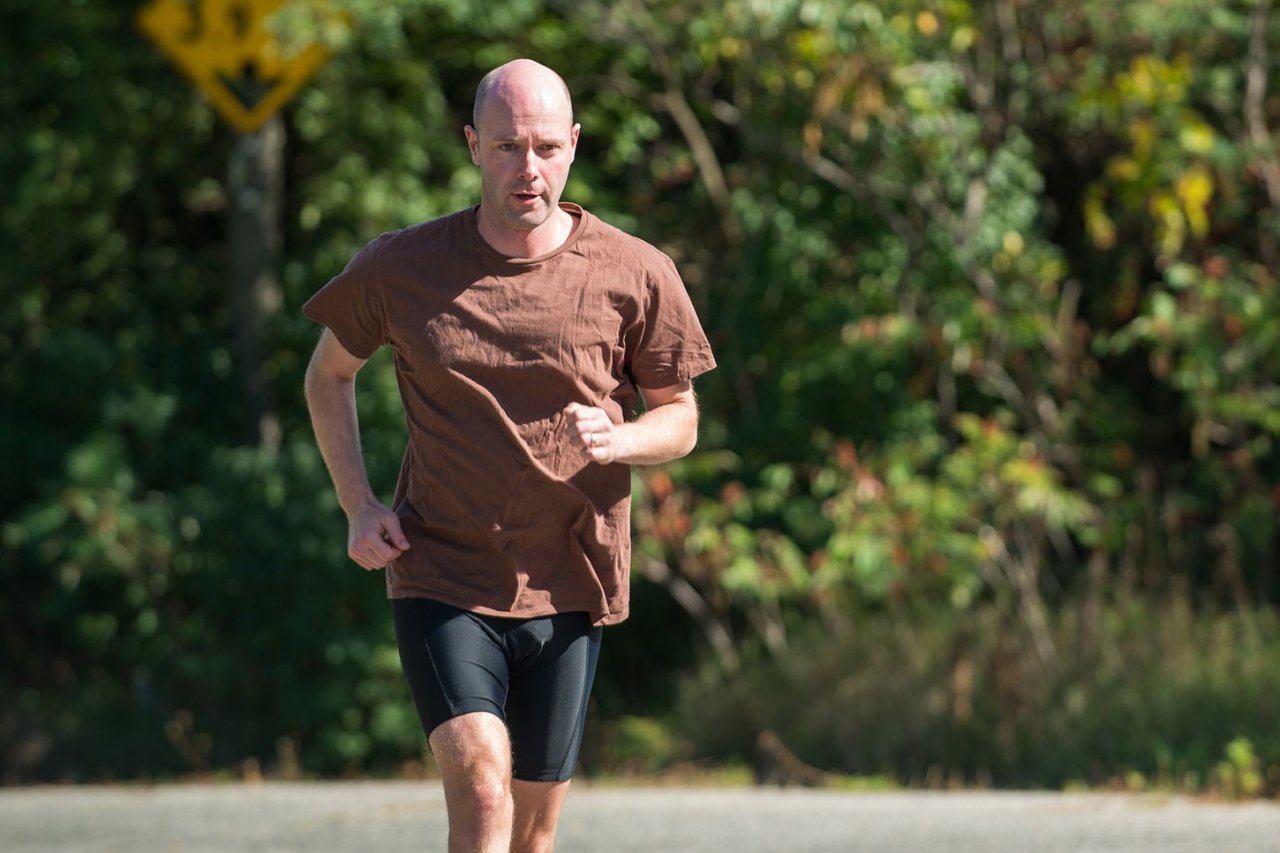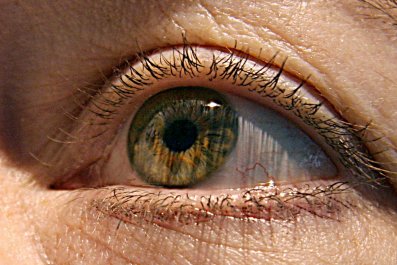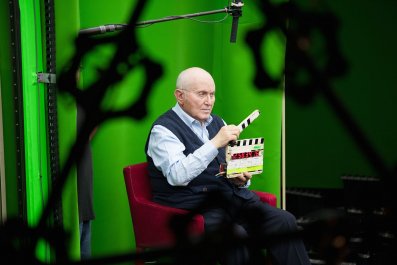Exercise and its benefits are not just for the wealthy anymore.
In the U.S. and other Westernized nations, exercise is often seen as a luxury that requires the time and money that only the rich can afford.
But as new research demonstrates, this idea and its accompaniments—the Lululemon yoga pants, the 6 a.m. SoulCycle class and those CrossFit backaches—are misguided. You don't need to be rich or enjoy a life of leisure to squeeze in enough exercise. You also don't need to go to the gym to "feel the burn." Exercise—and its benefits—are for everyone.
An international team of researchers designed the Prospective Urban Rural Epidemiology (PURE) study to find out whether staying active consistently for at least 30 minutes a day—the amount recommended by leading health authorities—significantly reduced cardiovascular disease. The study enrolled nearly 170,000 people from 17 middle- and low-income countries in Africa, Asia, Eastern and Northern Europe and the Middle East. The researchers tracked participants, who were from varying socioeconomic backgrounds as well as rural and urban areas, for an average of six to nine years to see if 150 minutes per week of exercise—30 minutes a day, five days a week—reduced the risk of cardiovascular disease, even when those minutes were racked up simply by being active rather than specifically exercising in the way many of us define it.
The results, published in September in The Lancet, showed that physical activity may cut a person's risk of death from chronic disease by up to 30 percent. That's in line with previous findings, but in this case life-saving activities included the mundane movements of daily life, like walking back and forth to the laundromat with a 20-pound bag of clothes, or running after your toddler in the playground.
The findings may seem like a subtle advance, but they are groundbreaking. In high-income countries, says Scott Lear, chair of cardiovascular prevention research at St. Paul's Hospital and a professor at Simon Fraser University, in Canada, who led the research, exercise is "a planned occurrence" in an otherwise sedentary daily life. But in lower-income countries, the situation is reversed. There, Lear says, people "get most of their activities through work or domestic chores, and maybe getting to and from work, and pretty much do next to nothing for recreational time activity." In other words, for many people who are active as part of their jobs, simply living their life is also saving their life.
Exercise recommendations are evidence-based conclusions based on many large studies. So-called cohort studies like PURE, which follow a large group of people over many years, have shaped health care. The Harvard Alumni Health Study (which followed the health of alums from their college years through adulthood for roughly three decades, through basic questionnaires and medical records), the Framingham Heart Study (an ongoing study of residents in Framingham, Massachusetts, that started in 1948) and the Nurses' Health Study (a study of more than 200,000 professional nurses since the 1970s that has provided some of the most significant information about women's health) are prime examples of how powerful cohort studies can be. The copious data generated by the large number of participants and the long span of time in which the research takes place make cohort studies like these a gold standard for formulating health recommendations.
But there's a problem. Many of these studies are based on a homogenous group of participants who may be wealthier than the general population, have better health care access and live in places where resources are plentiful. Such limitations mean that even though we have plenty of studies linking exercise and health, there is room for more study, more questions. Researchers such as Lear want to keep testing the standard advice to see if it holds up when new variables are added to the mix.
The PURE study showed that regardless of how a person got exercise, the results were the same. In general, being active for 150 minutes a week decreased risk of death from any chronic health-related cause by 28 percent. People who were physically active 30 minutes a day were also 20 percent less likely to develop heart disease. The bonus here: Exercise stemming from daily life had the most dramatic risk-reducing effects. "T he people who did the greatest amount of activity and got the greatest benefits were the ones who got their activity outside of the recreational, leisure-time type of activity," says Lear.
In addition to debunking elitist conceptions about working out, the study expands our typically constrained definition of exercise, and that may be for the better. Nieca Goldberg, medical director of the Joan H. Tisch Center for Women's Health at the NYU Langone Medical Center, says the PURE study shows that for many people, not planning to exercise may be the best way to stay physically active. "Getting exercise equipment in your home is a good idea, but after several months, people start to use it as a clothes hanger."
Goldberg says many of her patients (mostly New Yorkers who travel by foot several hours each day) underestimate how much exercise they're doing on a regular basis. "T hey don't associate walking with exercise," she says. "So I always point out it that it may not be as bad as they think."


















